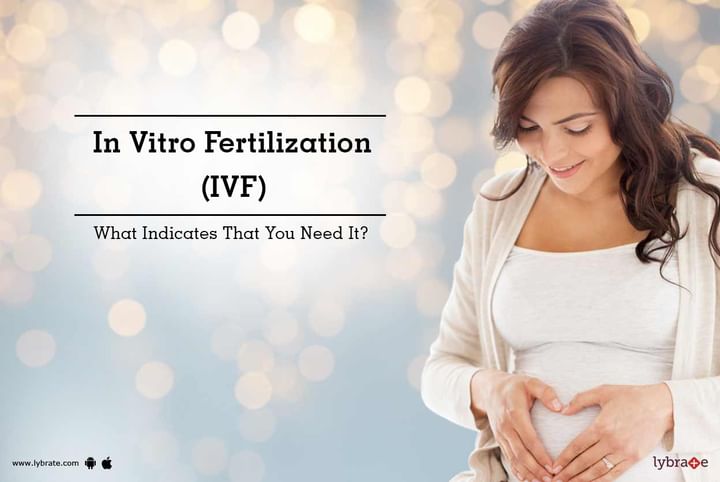In Vitro Fertilization (IVF) - What Indicates That You Need It?
With infertility on the rise due to various reasons, in-vitro fertilization is one of the most effective solutions. This is gaining wide acceptance across the society and medical fraternity. Read on to know more about why IVF and how it is done.
Causes of infertility:
Advanced maternal age: More and more women choosing education and career over marriage and family. There are many women who are not even thinking of having children up until their 30s. Biologically though, the quality of egg deteriorates with age, and women beyond 35 have difficulty conceiving naturally.
- Altered lifestyle including exposure to chemicals and pollutants, which has led to overall decline in the health of individuals.
- Societal changes like urbanization and formation of nuclear families
- Increased stressors in all spheres of life, which is affecting the quality of sperm and egg
- Lifestyle diseases including obesity, diabetes, and hypertension. These are becoming more prevalent in the younger age groups, and therefore infertility is on the rise in these groups.
- Lifestyle habits like smoking, alcohol abuse, drug abuse, etc., which are also poorly affecting fertility rates.
However, with all these, medical technology is also improving. For those who are faced with infertility due to the above issues, there is a lot of hope in terms of options like IVF which have provided a definitive solution to infertility.
Steps of IVF: By definition, in vitro fertilization is when the egg and sperm are fertilized or fused in a glass (vitro is for glass) and then implanted into the womb where it grows further.
- The first step is to induce ovulation. Fertility medicines are given and hormone levels are monitored to ensure egg release happens. Normally, the ovaries produce only one egg. However, with IVF, the ovary is made to produce multiple eggs, so that the chances of fertility is increased.
- The egg is then retrieved and moved into an incubator.
- Sperm sample is obtained either from the partner or a donor, and the healthiest sperm is chosen for fertilization. The sperm and the egg are then allowed to fertilize in the incubator
- A healthy fertilized embryo is then transferred into the womb. The woman is advised bedrest for about 1 to 2 days.
Indications:
- Blocked fallopian tubes, which do not allow for the sperms to travel up to the uterus
- Advanced maternal age, women of more than 30 years of age, this is an effective option.
- Uterine scarring or endometriosis caused infertility can also be managed through IVF



+1.svg)
